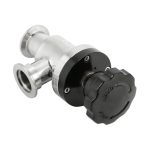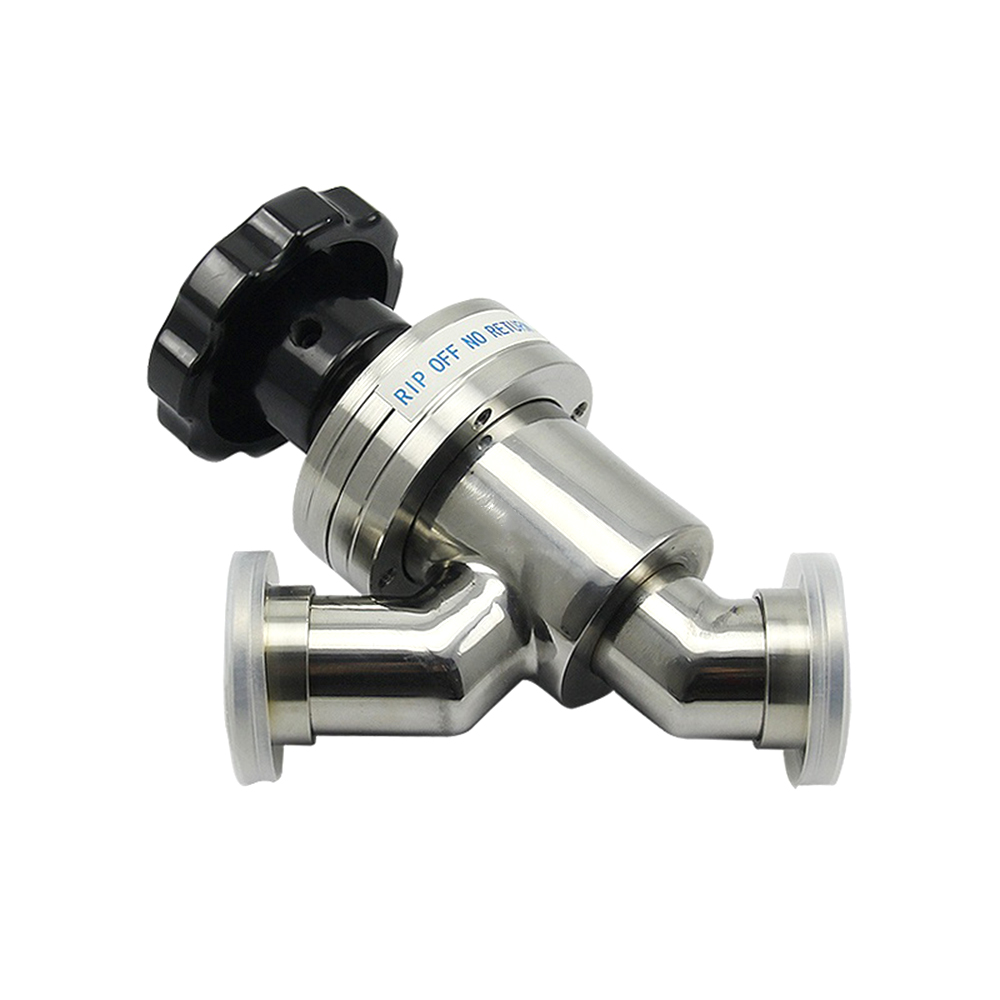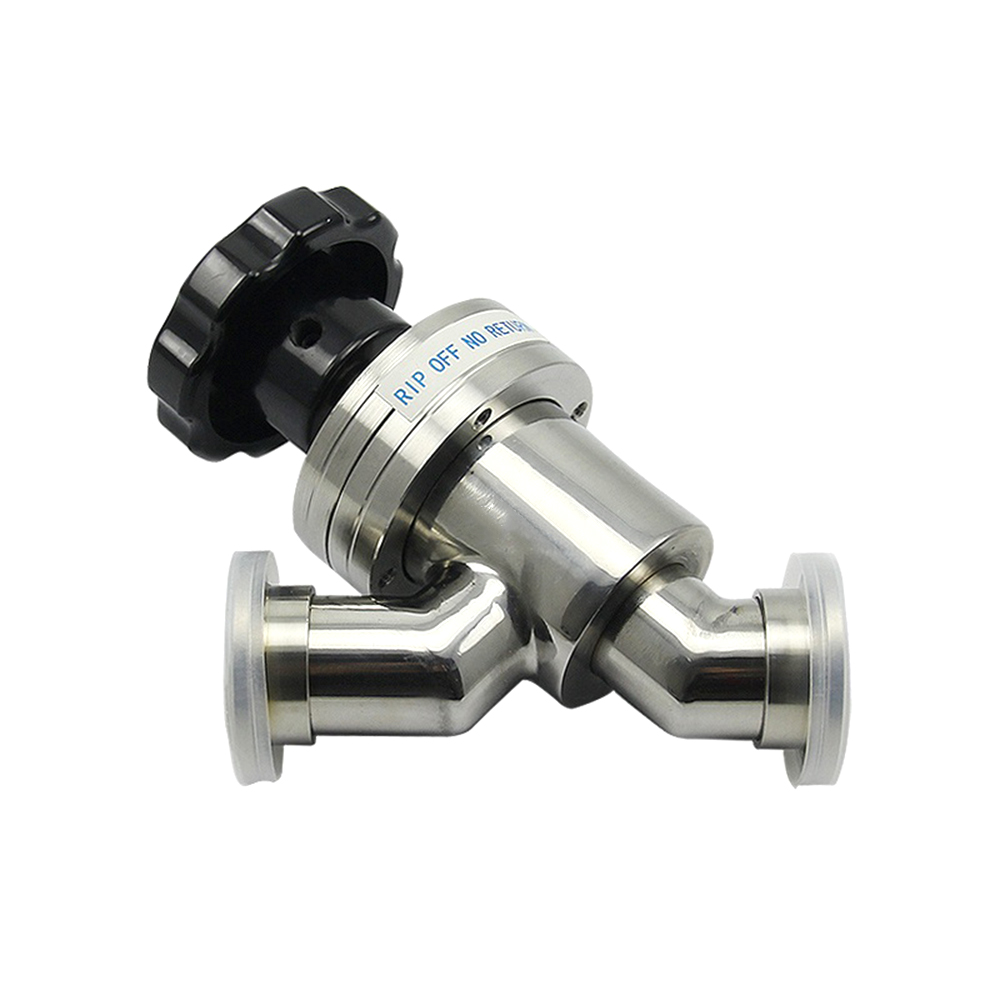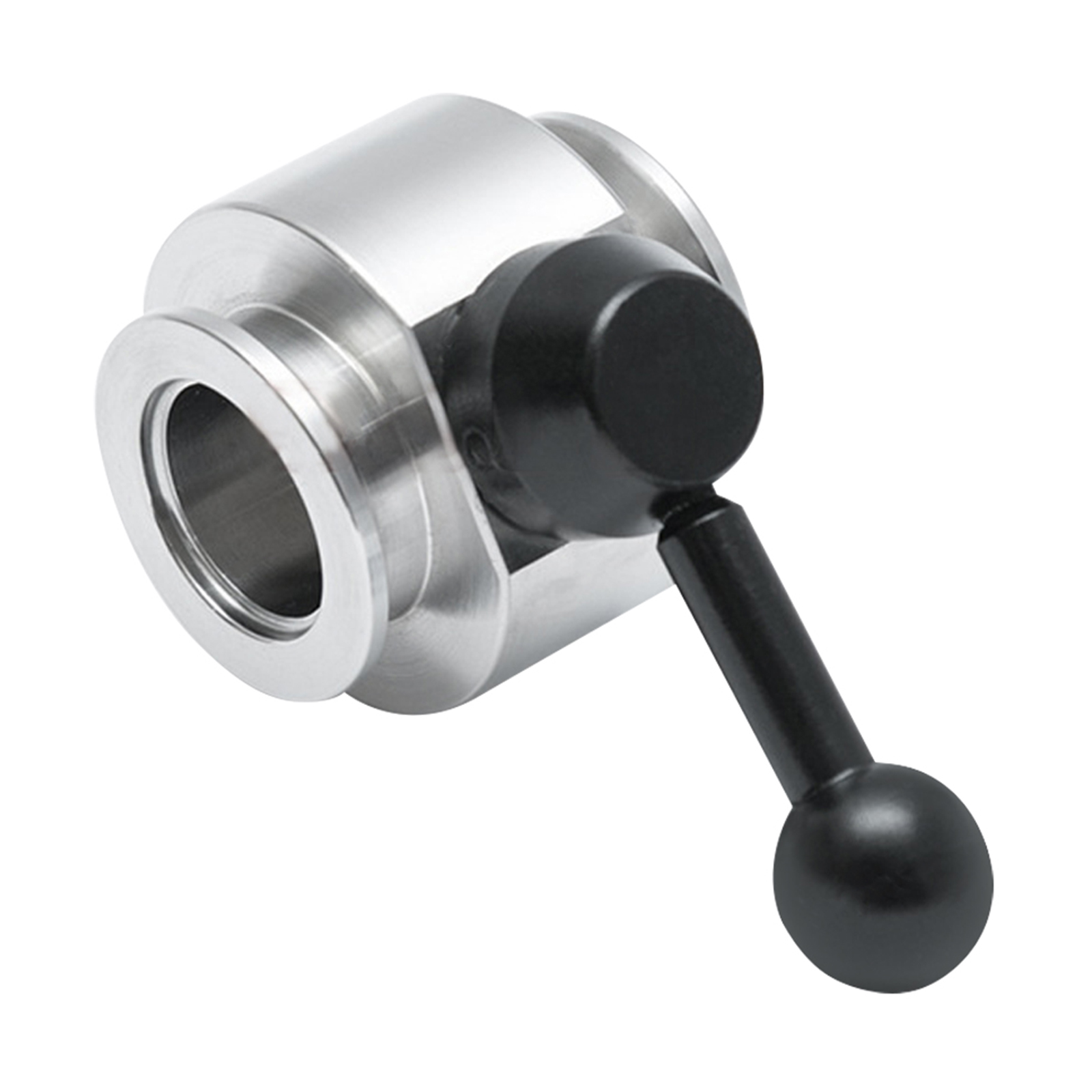
Effective Application of Steam Valves in Buildings
A five-story building covers an area of more than 30,000 square meters. The boiler room on the second floor of the basement covers an area of about 250 square meters and is equipped with one 8T/H and two 6T/H boilers. The operating pressure of the boiler is 8bar. .g, respectively for the air-conditioning heating and restaurant use of the two buildings. The entire boiler room is equipped with Rick’s products. In addition to some traditional products such as: bellows sealed globe valve GCV series; PRV2000 pressure reducing valve station; float trap FT series and safety valve SV480 series, etc., Rick is also used. A complete set of boiler room control equipment and systems, including boiler continuous water supply control, boiler TDS automatic monitoring blowdown system, boiler bottom blowdown automatic control system, boiler blowdown heat recovery system and energy-saving boiler deaerator.
- Water level control of boiler continuous feed water
At present, the water level control of the boiler mostly adopts on-off control, and the stop and start of the water pump are controlled by the high and low electrodes respectively. The disadvantage of this kind of control is that when the water level drops to a low water level, the feed water pump starts and a large amount of water enters the boiler. Because the boiler feed water temperature is much lower than the boiler water temperature, in addition to increasing the thermal stress of the boiler, it will also cause the pressure in the furnace to drop. At the same time, the rapid decrease of the pressure in the furnace causes the instantaneous evaporation of the boiler to increase, and the co-evolution of steam and water occurs, which causes the steam to carry water, reduces the steam quality, and affects the safe operation and steam quality of the boiler. The water level control of the three boilers of Ping An Insurance Co., Ltd. of China is a continuous water supply control system for Rick boilers, which uses high-precision capacitive liquid level sensors LP20+PA20 and advanced liquid level controller LC2610 with liquid crystal display to control electric water supply valves . The accuracy of the Rick capacitive liquid level sensor is excellent. Field tests show that: as the water level drops, the potential output by the PA20 amplifier drops by 0.001V, which can accurately control the boiler feed water. The LC2610 controller can display the boiler water level and valve opening at the same time, and has the function of manually operating the water inlet regulating valve, which is convenient for operation and monitoring.
- Boiler automatic blowdown system and heat recovery system
We all know that raw water contains a lot of impurities and must be softened before it can be used for boiler feed water. In the process of feed water treatment, chemical treatment agents may increase the TDS of the feed water while controlling the hardness, alkalinity and oxygen content of the feed water. value. Also in the boiler, as the steam is generated, the TDS concentration of the boiler water will continue to rise. If the sewage is not discharged in time, the dissolved substances in the boiler water will continue to be concentrated, causing the boiler water to foam and causing the steam to carry water. Reduce steam quality, a large amount of steam with water will cause water hammer, damage pipelines, control valves and heat exchange equipment. Severe boiler water foaming will also affect the water level control of the boiler, and even cause shutdown. Therefore, the TDS of the boiler water must be changed. The concentration is controlled within the specified range to ensure the safe operation of the boiler. The TDS solubility control method of boiler water is blowdown. There are usually two ways of blowdown: manual and automatic. But the biggest disadvantage of manual blowdown is inaccurate control. Poor control can easily cause excessive blowdown, which wastes a lot of boiler water. Waste of boiler water is a waste of energy. Ping An Insurance Company of China uses our company’s TDS automatic control system and timing bottom sewage system. So as to accurately control the boiler water TDS concentration, minimize the amount of sewage, effectively reduce the steam carrying water, improve the steam quality, and ensure the safe operation of the boiler.
2.1 Boiler’s timing blowdown system-pneumatic (water driven) boiler blowdown valve + BT1000 boiler timing blowdown controller. It provides the system with timed blowdown, and the interval and duration of blowdown can be adjusted at any time. At the same time, the valve has an alarm function that is not closed to ensure the safe operation of the boiler and the least heat loss.
2.2 Boiler TDS blowdown (referred to as surface blowdown in China) automatic detection control system BCS4-BCV30 blowdown control valve + BC3210 blowdown controller + CP30 conductivity sensor. Monitor the solubility (TDS value) of the total dissolved solids in the boiler, and the set value is adjustable. When the boiler water TDS value is higher than the set value, the blowdown valve opens, and then closes until it is lower than the set value. According to practical experience, automatic detection of sewage discharge by boiler TDS is more accurate than manual detection of sewage discharge, which reduces the sewage discharge by more than 50%, saving valuable fuel costs.
Because the sewage discharged from the boiler contains a large amount of heat, if it is directly discharged without heat recovery, it will cause energy waste and environmental heat pollution. If a reasonably designed heat recovery system is used, most of the waste heat can be recovered. China Ping An Insurance Co., Ltd., it uses both Rick’s TDS automatic control system and heat recovery system. The flash tank is used to recover the secondary steam to increase the temperature of the boiler feed water and thermal deoxygenation. The heat of the residual sewage is passed through a heat exchanger. Recovery, used for heating cold makeup water. According to statistics, the system can recover 80% of the sewage heat, thus speeding up the return on investment. Three boilers on site can share a sewage heat recovery system. According to calculations, the complete boiler TDS automatic detection blowdown control system and blowdown heat recovery system will have a payback period of no more than one year when the boiler is operating at 80% load. Blowdown heat recovery not only ensures the safe operation of the boiler, but also reduces energy waste and environmental thermal pollution.
3. Rick fully automatic control stainless steel atmospheric boiler deaerator
This kind of deaerator adopts a reasonable combination of heating and dosing, with advanced design, obvious energy saving effect, and reliable deaeration. The principle is as follows:
The first is the thermal deaeration process, which reduces the oxygen content of the boiler feed water to 1.6 mg/l. The cold makeup water and the recovered condensate first enter the flash condensation deaeration head, and are fully mixed inside the deaeration head to make the cold The make-up water is preheated. The top of the deaerator head is equipped with a specially designed spray nozzle of the circulating spray system, which can completely absorb the flash steam released by the high-temperature condensate water and avoid the occurrence of water hammer. The top of the deaerator head is also arranged The vacuum breaker and the thermostatic exhaust valve are used to avoid vacuum when it is stopped and the water in the water tank will be poured; when there is gas released, the thermostatic exhaust valve will automatically open to exhaust. The bottom of the deaerator head is connected to the deep water surface In the following distributors, the water after preliminary heating evenly enters the deaeration water tank through the distributor.
Direct steam injection heating is used in the deaeration water tank to heat the water to over 90 C, remove most of the oxygen in the water, and reduce the oxygen content of the water in the deaeration water tank to 1.6 kg/l. The exhaust gas is exhausted. The cap is discharged to the atmosphere. The advanced direct-injection heater uses the principle of the venturi nozzle to suck the water in the deaeration tank into the ejector and mix it with steam into hot water and spray it out, which will not emit steam bubbles and waste steam. It also avoids the occurrence of water hammer when the steam is directly sprayed into the water, ensuring efficient heating and quiet work. At the same time, the hot water sprayed at high speed is fully disturbed and mixed in the water tank, which can ensure that the water in the water tank is heated evenly and is not affected by steam pressure and load fluctuations. Influence, deoxygenation is efficient and stable.
The main advantages of this deaerator are:
1) In the thermal deaeration part, the water tank is connected to the atmosphere through the exhaust cap. The deaeration vessel is not a pressure vessel, and the work is safe and reliable.
2) The body of the deaerator is made of stainless steel, there will be no “yellow water”, the water quality is high, and the service life is long.
3) Direct steam injection heating is adopted, which is quiet and efficient, ensuring uniform and stable heating effect, and is not affected by load fluctuations.
4) The combination of thermal deoxygenation and dosing deoxygenation ensures the lowest operating cost while ensuring thorough deoxygenation.
5) Compared with pressure deaeration, the deaeration water tank works under atmospheric pressure, eliminating the phenomenon of large amounts of steam discharged from the exhaust port, which is energy-saving and environmentally friendly.
6) Compared with pressurized deaeration, the deaeration water tank has a working temperature of 90°C and has less heat loss. Moreover, it does not require a higher installation height to ensure that the feed water pump will not “cavitation”.
7) The circulating spray system specially designed for the return of high-temperature condensate water can completely absorb the flash steam and mix it evenly with the makeup water to avoid water hammer.
8) A special interface for recovering condensate is designed so that the deaeration operation is not affected by flash steam.
The operating cost of this advanced deaerator is 80% lower than that of the traditional thermal deaerator.
View more quality vacuum valves with low price and free shipping all over the world.







